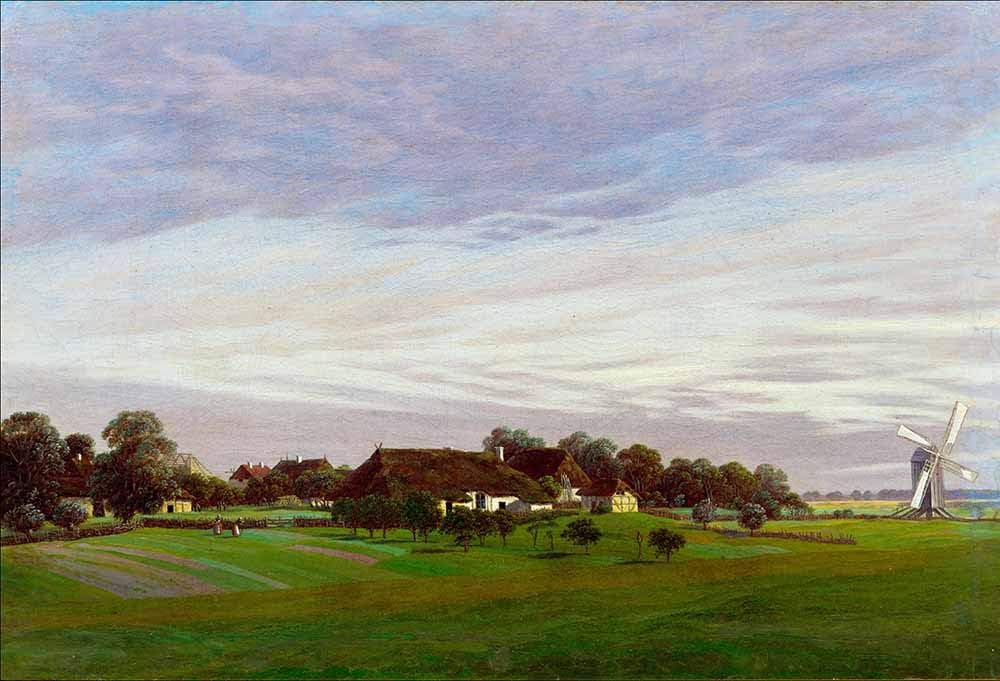
The title of John Dos Passos’ evocative early novel (1922) alludes to Don Quixote’s horse in that most celebrated of Spanish novels that follows the adventures of a wandering dreamer. Dos Passos spins a tale of two travellers making their way by foot from Madrid to Toledo in post-World War I Spain. Along the way, they encounter simple, earthy folk on the trail and in taverns, providing a convenient backdrop for Dos Passos’s observations on the tension between old agrarian ways and new industrial imperatives. Dos Passos interweaves the story with chapters about the finest Hispanic poets and novelists of the day. One of his earliest books and a most poetic use of the English language.
La vida es sueño: “Life is a dream.” Only the individual, or that part of life which is in the firm grasp of the individual, is real. The supreme expression of this lies in the two great figures that typify Spain for all time: Don Quixote and Sancho Panza; Don Quixote, the individualist who believed in the power of man’s soul over all things, whose desire included the whole world in himself; Sancho, the individualist to whom all the world was food for his belly. (…) Through all Spanish history and art the threads of these two complementary characters can be traced, changing, combining, branching out, but ever in substance the same. Of this warp and woof have all the strange patterns of Spanish life been woven.
Later in the day I was walking through the main street of one of the clustered adobe villages that lie in the folds of the Castilian plain not far from Madrid. The lamps were just being lit in the little shops where the people lived and worked and sold their goods, and women with beautifully shaped pottery jars on their heads were coming home with water from the well. Suddenly I came out on an open plaza with trees from which the last leaves were falling through the greenish sunset light. The place was filled with the lilting music of a grind-organ and with a crunch of steps on the gravel as people danced. There were soldiers and servant-girls, and red-cheeked apprentice-boys with their sweethearts, and respectable shop-keepers, and their wives with mantillas over their gleaming black hair. All were dancing in and out among the slim tree-trunks, and the air was noisy with laughter and little cries of childlike unfeigned enjoyment. Here was the gospel of Sancho Panza, I thought, the easy acceptance of life, the unashamed joy in food and color and the softness of women’s hair. But as I walked out of the village across the harsh plain of Castile, grey-green and violet under the deepening night, the memory came to me of the knight of the sorrowful countenance, Don Quixote, blunderingly trying to remould the world, pitifully sure of the power of his own ideal. And in these two Spain seemed to be manifest. Far indeed were they from the restless industrial world of joyless enforced labor and incessant goading war. And I wondered to what purpose it would be, should Don Quixote again saddle Rosinante, and what the good baker of Almorox would say to his wife when he looked up from his kneading trough, holding out hands white with dough, to see the knight errant ride by on his lean steed upon a new quest.
***
Caspar David Friedrich
Infinite Landscapes
19.04.24 – 04.08.24 Alte Nationalgalerie
Caspar David Friedrich Anniversary Year 2024
In 2024, Friedrich’s anniversary year, the Berlin presentation is one of a series of thematically independent exhibitions in Hamburg, Vienna and Dresden; see also the web portal cdfriedrich.de. The life and impact of the painter will be celebrated in the city of his birth, Greifswald, in 2024, with a year-round programme of special events. In 2025, celebrating the 250th anniversary of the birth of Caspar David Friedrich, the Metropolitan Museum of Art will be presenting the first comprehensive exhibition on the artist in the United States.
No, Caspar David Friedrich did not paint Don Quixote, Sancho Pansa or Rosinante, but in his infinite landscapes one finds a wind mills, the first sign, those three are probably somewhere near to us.



